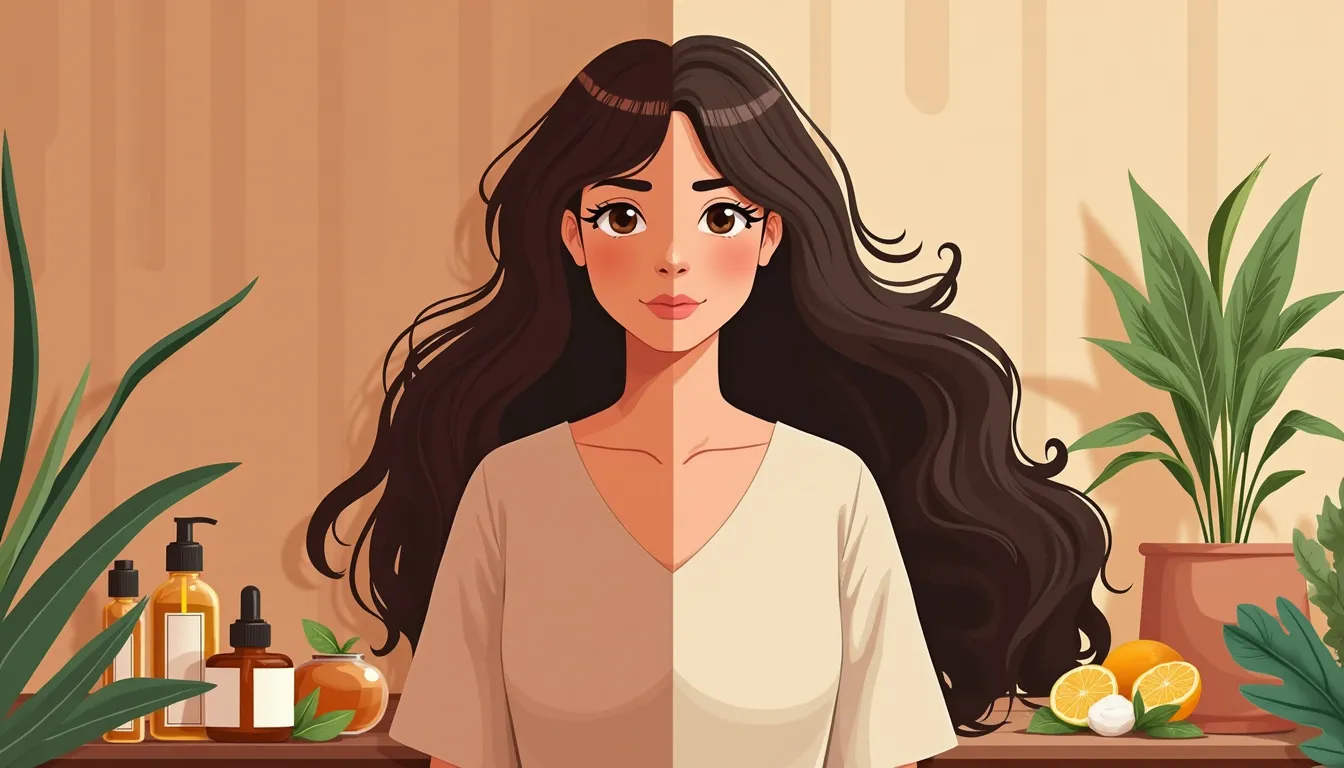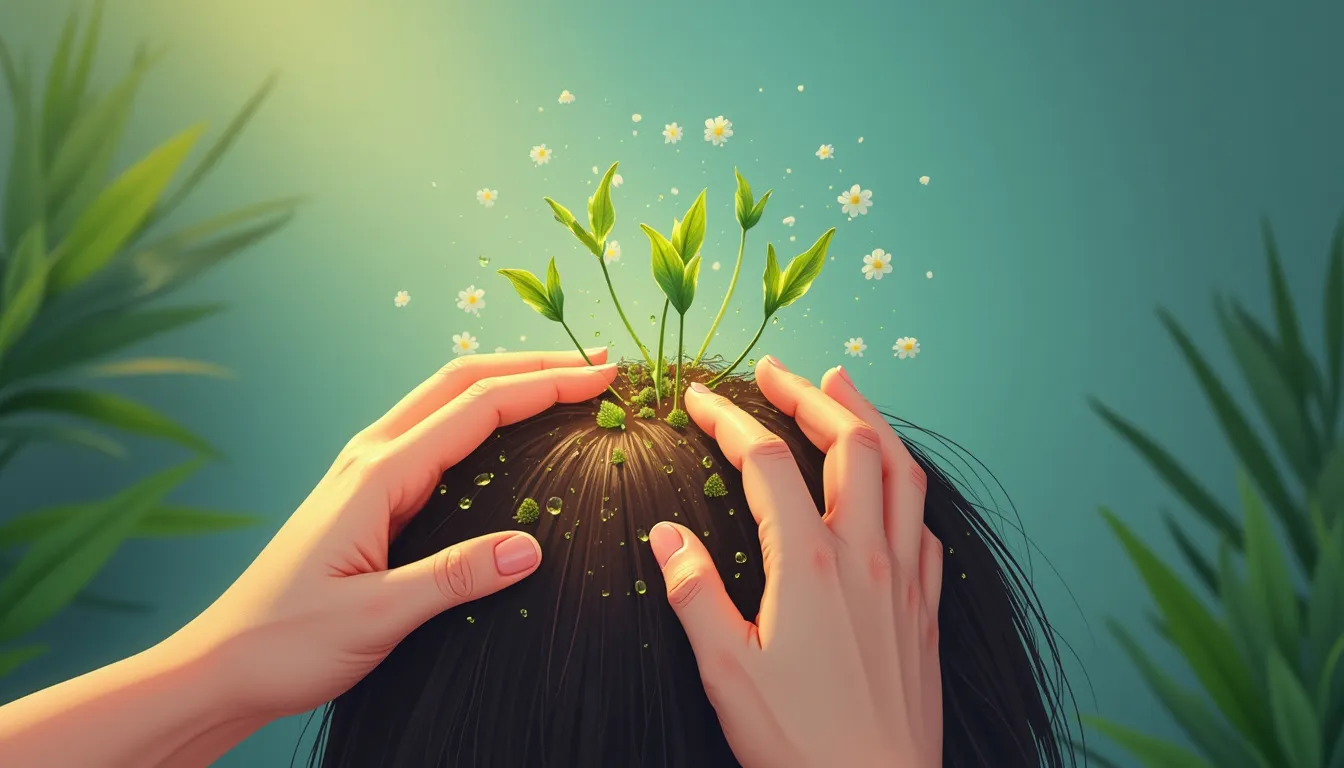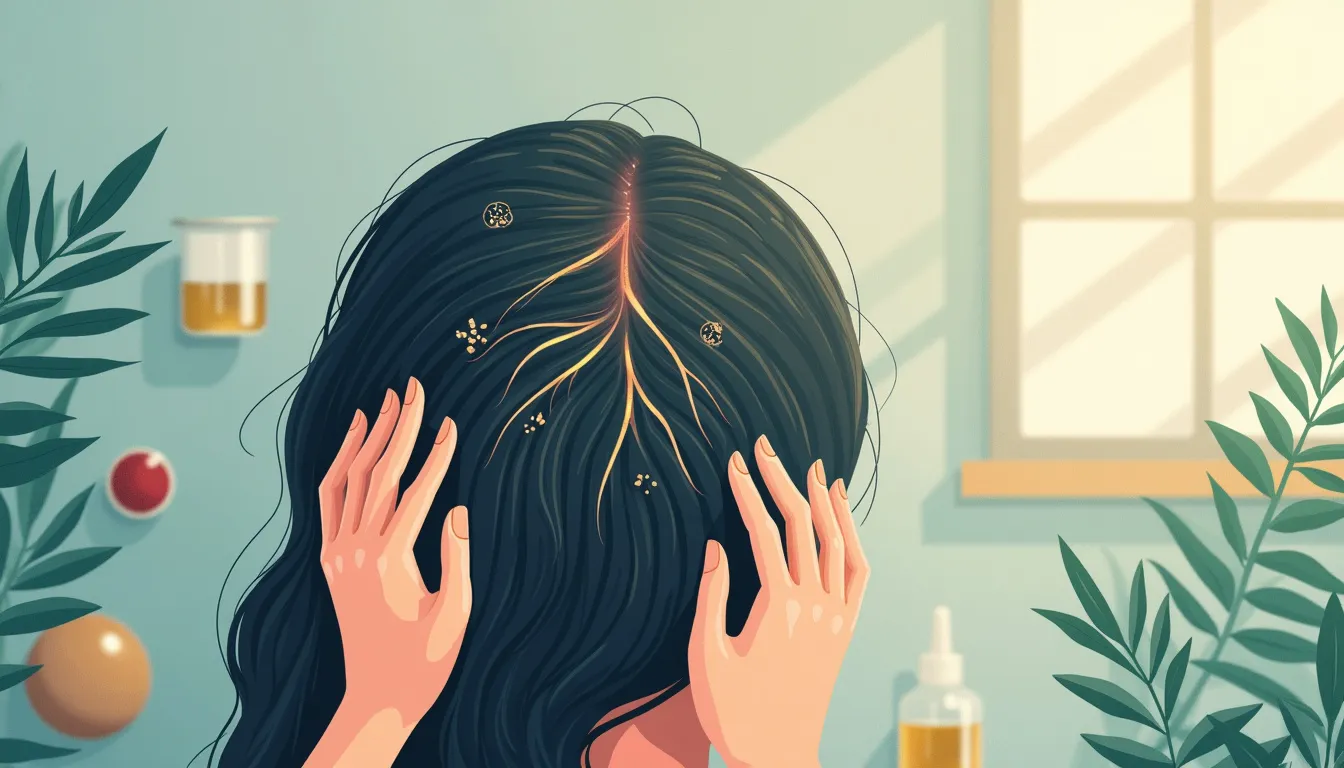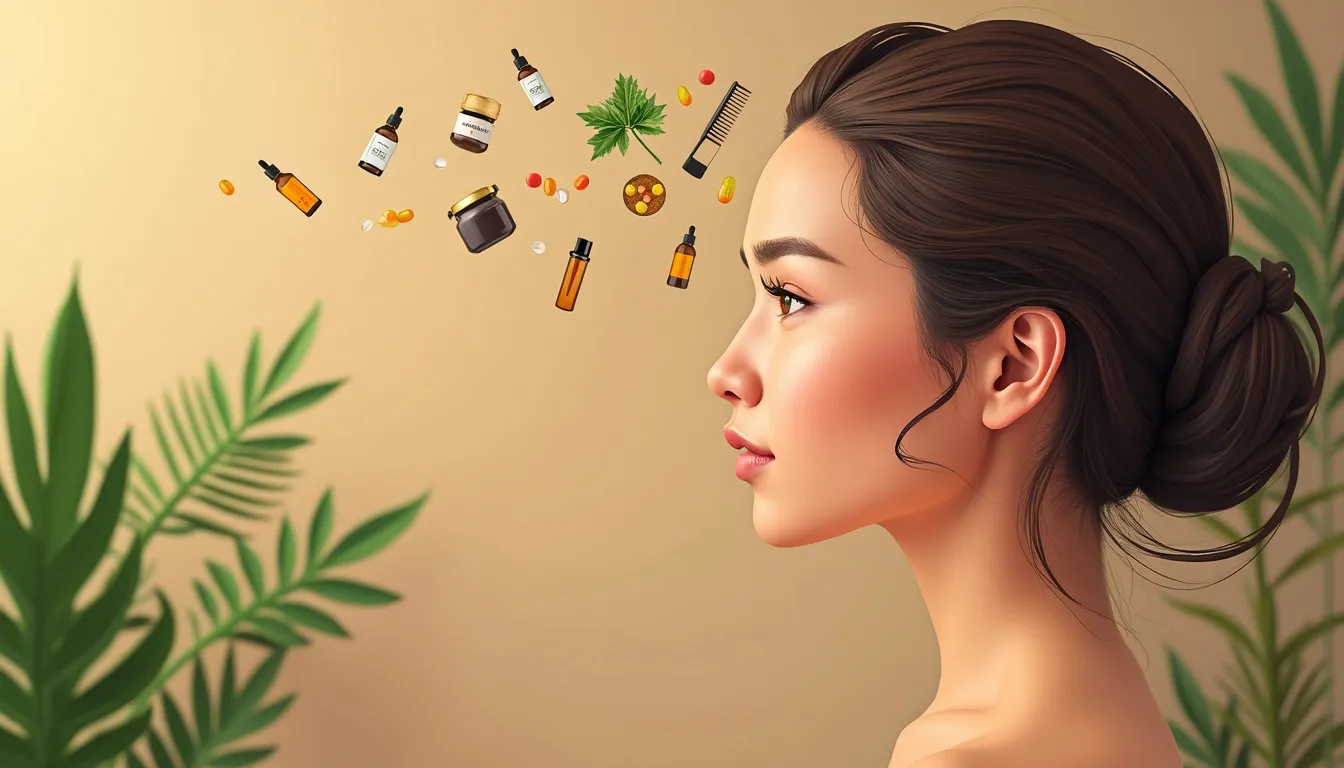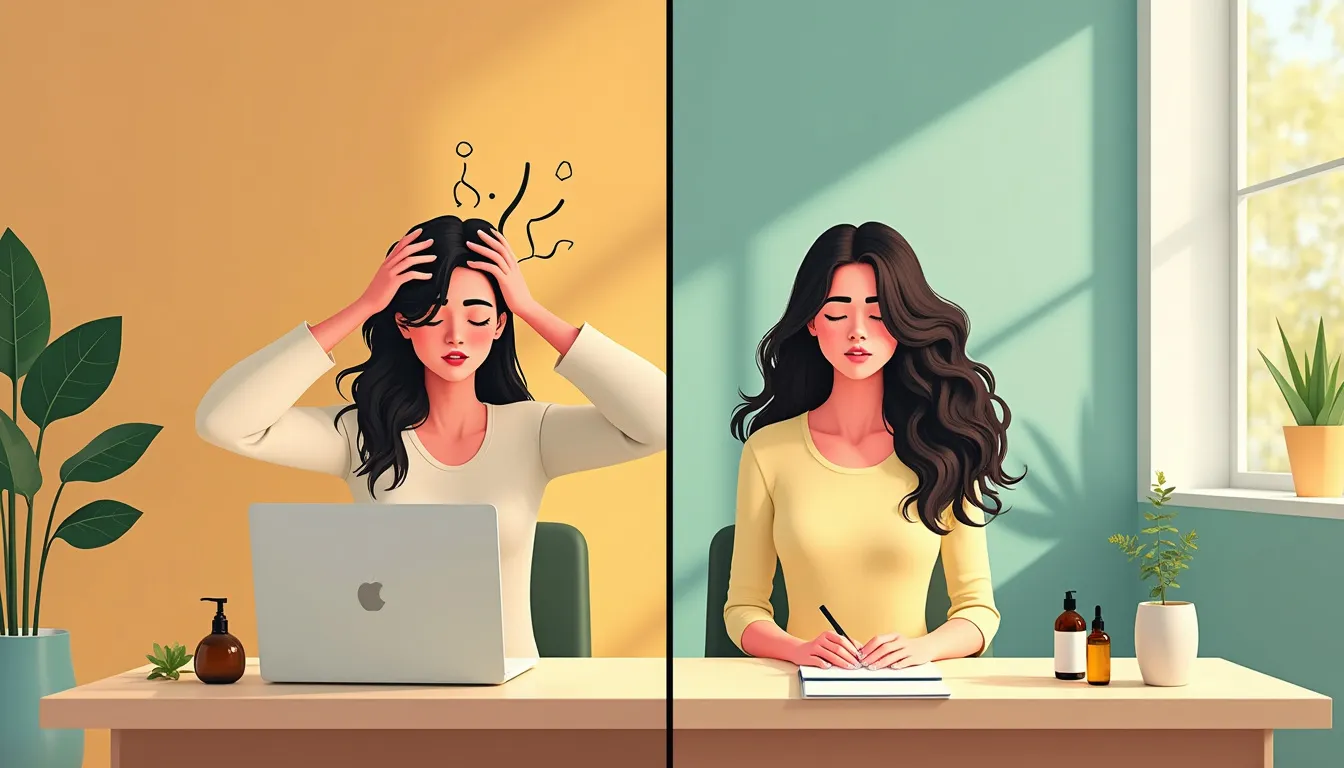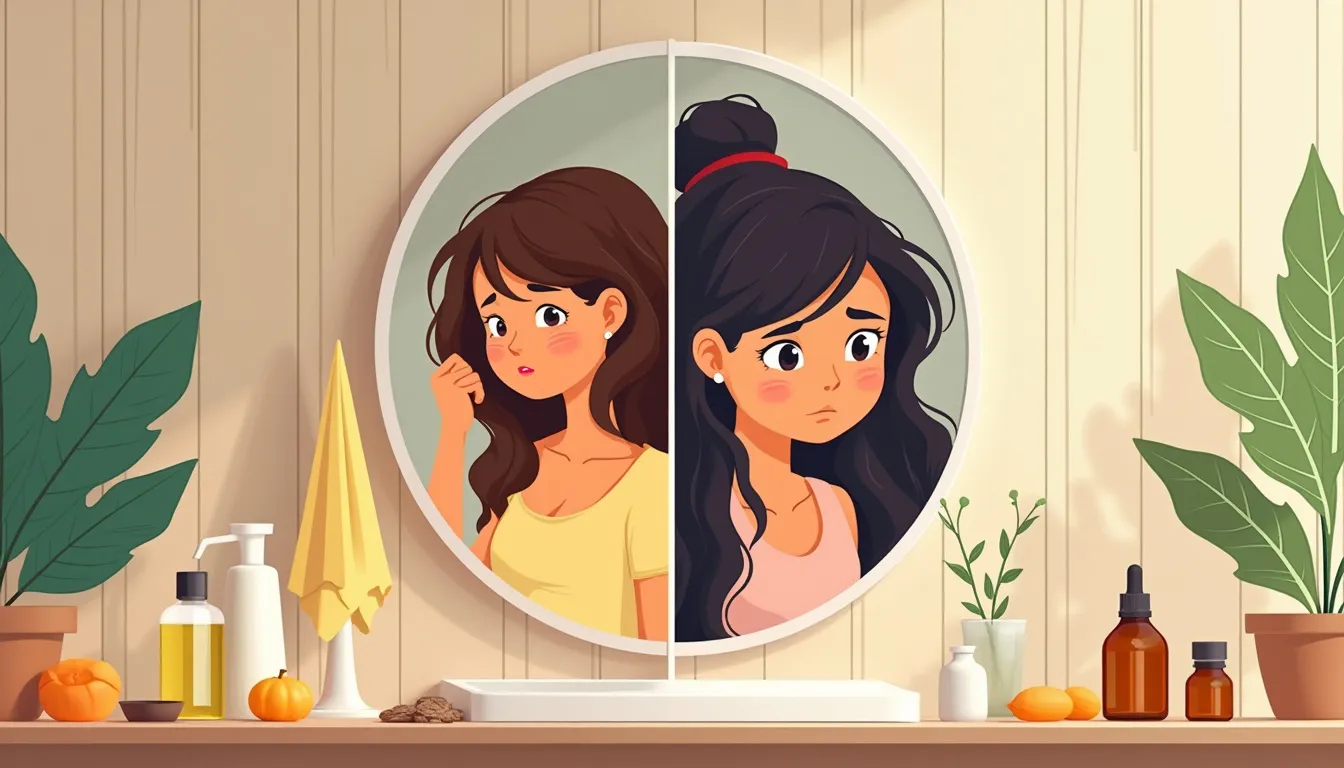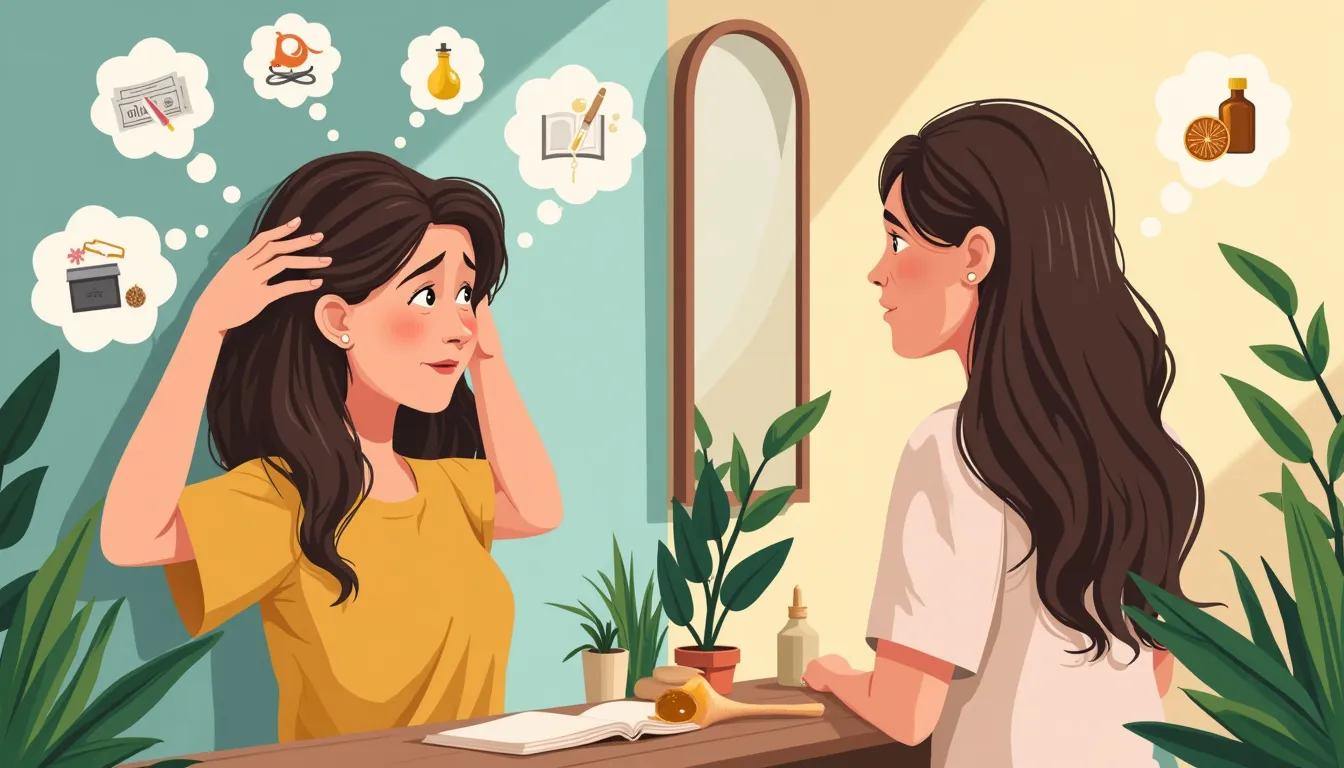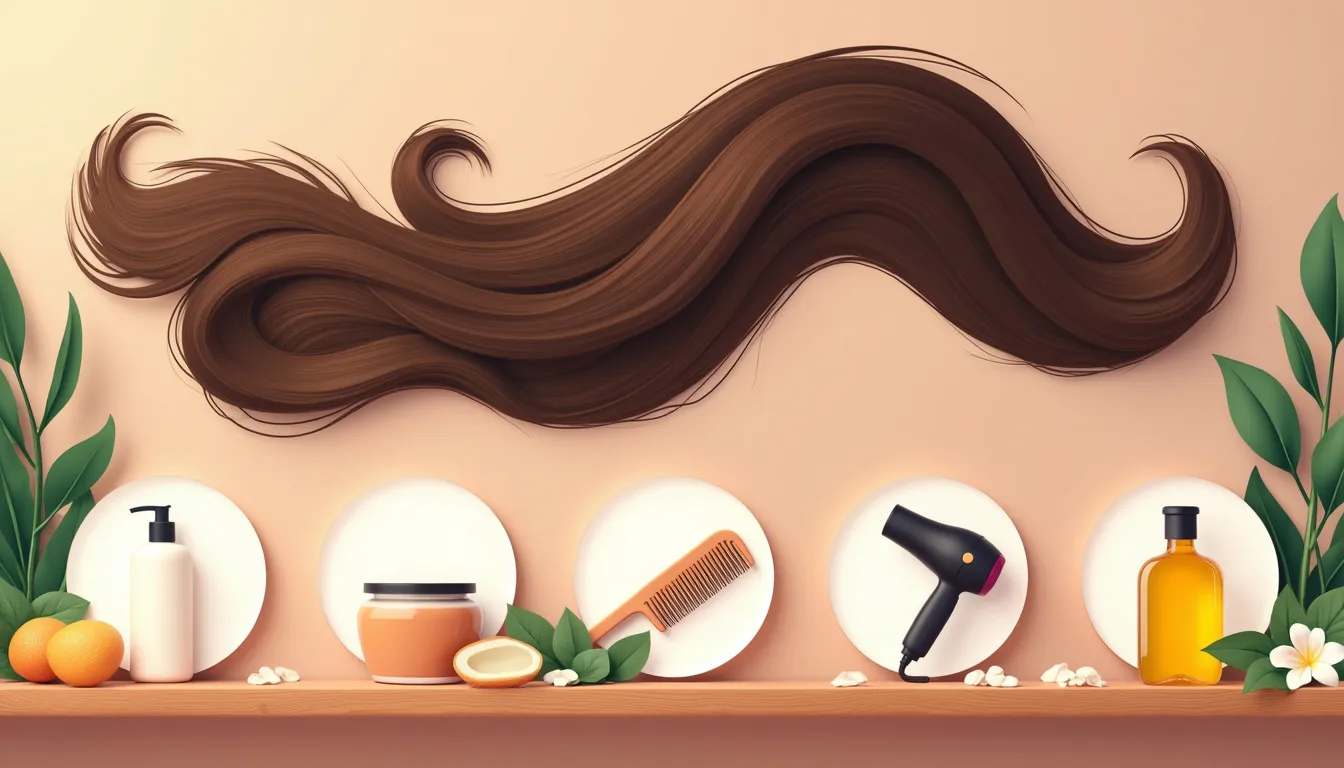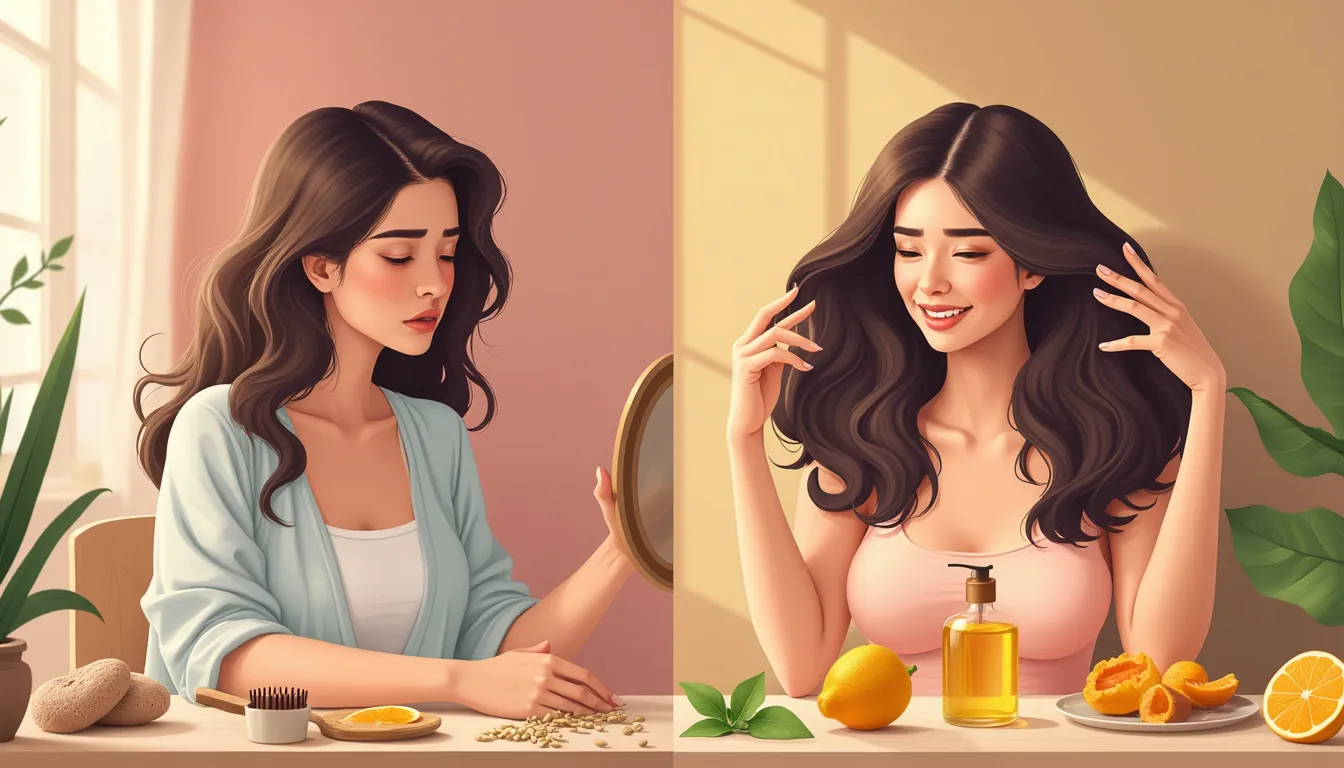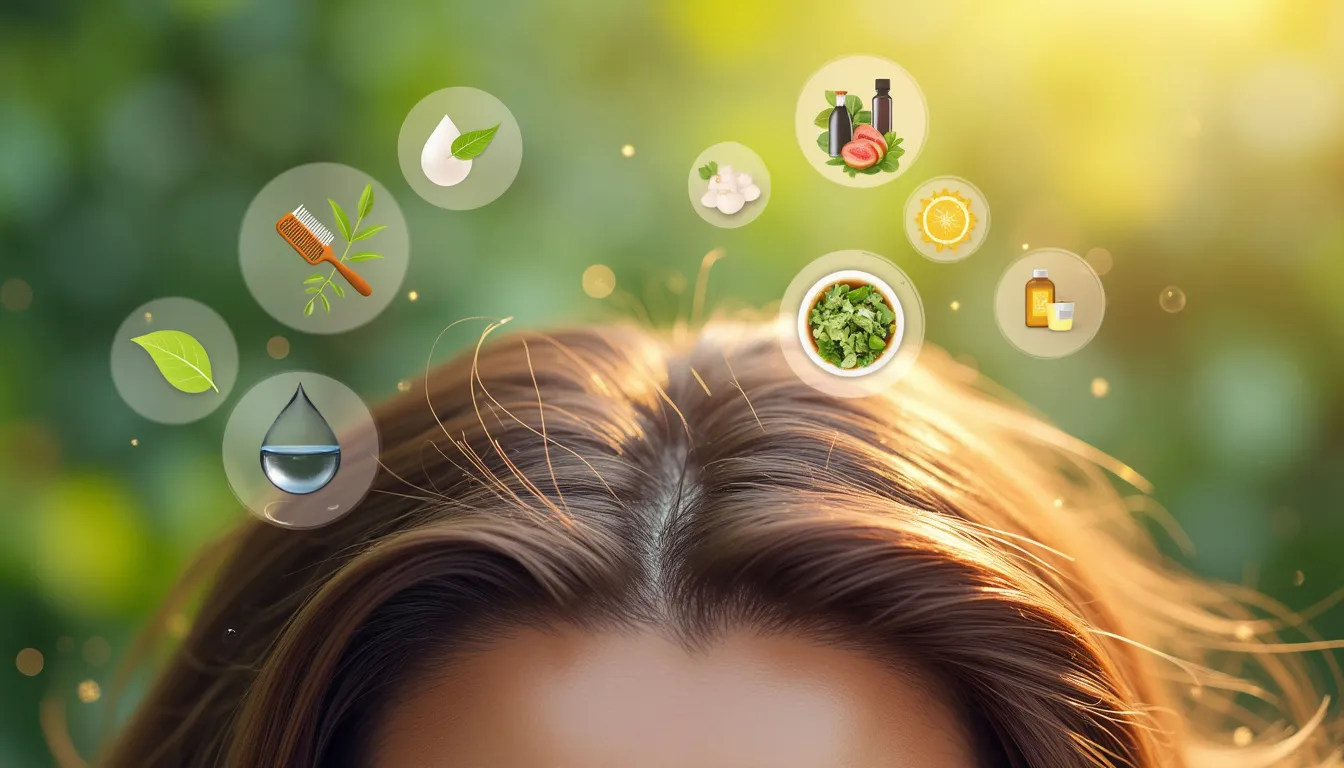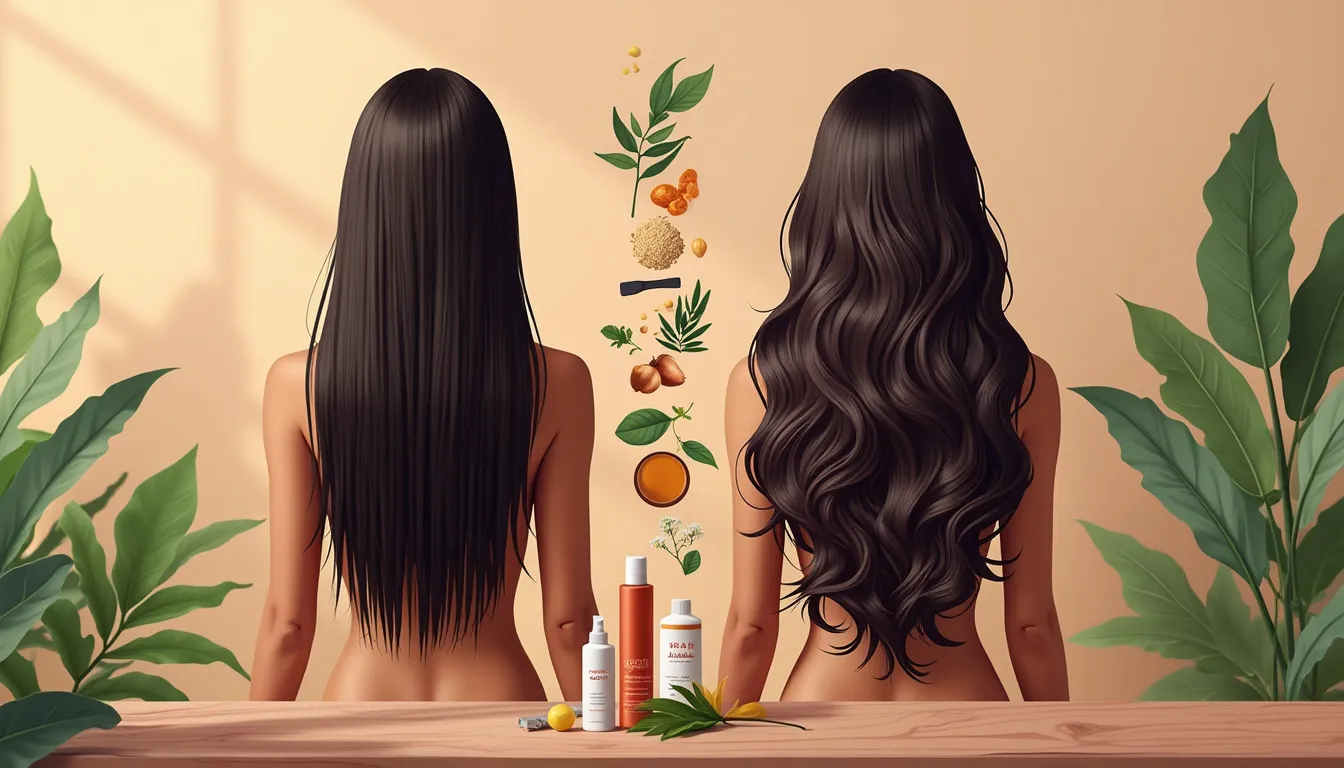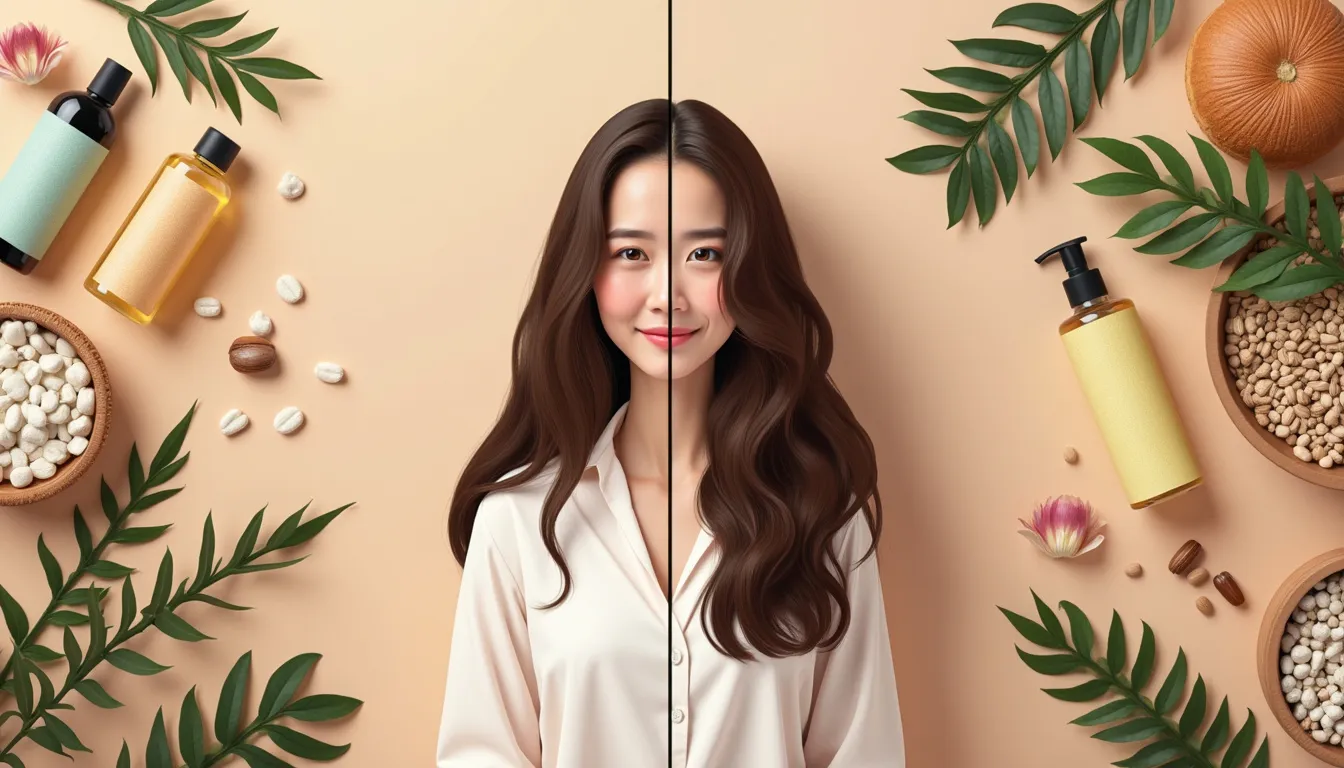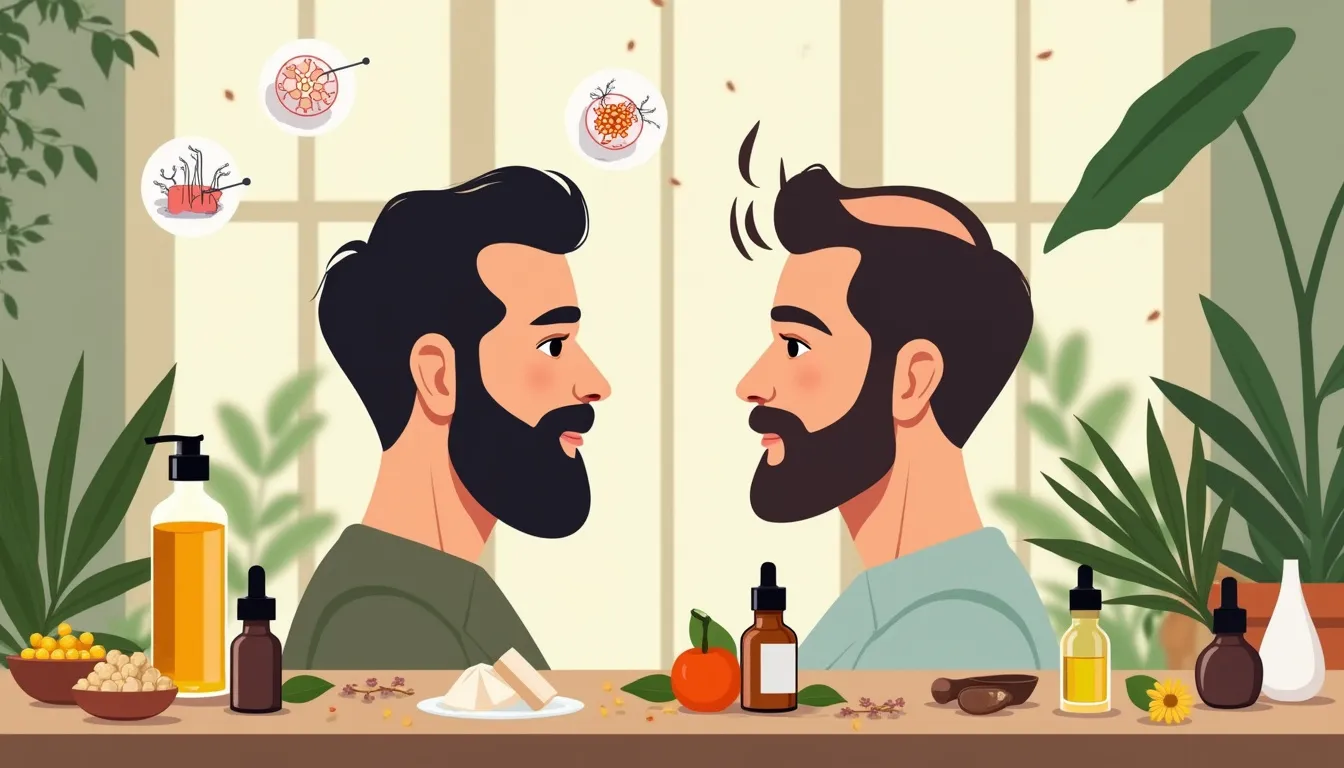Hair loss isn’t just a men’s issue – it’s a challenge that millions of women face every day. If you’re among the countless women grappling with thinning hair or bald spots, you’re not alone. The good news? There are numerous effective hair loss solutions for women that can help restore your luscious locks and boost your confidence. In this comprehensive guide, we’ll dive into the world of female hair loss, exploring its causes, types, and the emotional toll it can take. But we won’t stop there – we’ll also uncover a treasure trove of solutions, from non-surgical treatments and cutting-edge surgical options to clever cosmetic tricks and natural remedies. Whether you’re just starting to notice more hair in your brush or you’ve been battling hair loss for years, this article is your roadmap to reclaiming your crowning glory. So, grab a cup of tea, settle in, and let’s embark on this journey to healthier, fuller hair together. By the time you finish reading, you’ll be armed with the knowledge and tools to tackle hair loss head-on and rediscover the joy of running your fingers through a thick, beautiful mane.
Understanding Female Hair Loss
When it comes to hair loss, many people immediately think of balding men. However, hair loss in women is more common than you might realize. In fact, according to the American Academy of Dermatology, 40% of women experience visible hair loss by the time they reach 40. Understanding the root causes and types of female hair loss is crucial in finding effective hair loss solutions for women.
Common Causes of Hair Loss in Women
Hair loss in women can be attributed to various factors, ranging from genetic predisposition to lifestyle choices. Let’s dive into some of the most common causes:
- Hormonal Changes: Fluctuations in hormones, particularly during pregnancy, childbirth, menopause, or due to thyroid disorders, can significantly impact hair growth cycles.
- Nutritional Deficiencies: A lack of essential nutrients, especially iron, protein, and vitamins B and D, can lead to hair thinning and loss.
- Stress: Both physical and emotional stress can trigger a type of hair loss called telogen effluvium, where hair prematurely enters the resting phase.
- Medical Conditions: Certain autoimmune diseases, such as alopecia areata or lupus, can cause hair loss.
- Medications: Some medications, including those for cancer, arthritis, depression, and high blood pressure, may have hair loss as a side effect.
- Hairstyling Practices: Tight hairstyles, excessive heat styling, and harsh chemical treatments can damage hair follicles and lead to traction alopecia.
Understanding these causes is the first step in finding appropriate hair loss solutions for women. It’s essential to consult with a healthcare professional to determine the underlying cause of your hair loss before pursuing any treatment options.
Types of Female Pattern Baldness
Female pattern hair loss (FPHL), also known as androgenetic alopecia, is the most common type of hair loss in women. Unlike male pattern baldness, which typically results in a receding hairline and bald spots, FPHL in women usually presents as overall thinning of the hair, particularly on the crown and top of the head.
The Ludwig Scale is commonly used to classify the severity of female pattern hair loss:
- Type I: Minimal thinning that can be camouflaged with hair styling techniques.
- Type II: Decreased volume and noticeable widening of the mid-line part.
- Type III: Diffuse thinning, with a see-through appearance on the top of the scalp.
Another classification system, the Savin Scale, provides more detailed descriptions of overall thinning and includes subcategories within each type. Understanding which type of hair loss you’re experiencing can help in determining the most effective hair loss solutions for women in your situation.
Psychological Impact of Hair Loss on Women
While hair loss can be distressing for anyone, it often has a particularly profound psychological impact on women. Society places a significant emphasis on hair as a symbol of femininity, youth, and attractiveness. As a result, women experiencing hair loss may face challenges that go beyond the physical aspect:
- Low Self-esteem: Hair loss can dramatically affect a woman’s self-image and confidence.
- Anxiety and Depression: The stress of dealing with hair loss can lead to anxiety and, in some cases, depression.
- Social Withdrawal: Some women may avoid social situations due to embarrassment or fear of judgment.
- Impact on Relationships: Hair loss can affect personal and professional relationships, as women may feel less attractive or confident.
- Body Image Issues: Women may develop negative feelings about their overall appearance, not just their hair.
It’s crucial to address these psychological aspects when considering hair loss solutions for women. Many women find that joining support groups or seeking counseling can be helpful in coping with the emotional toll of hair loss.
Remember, while the psychological impact of hair loss can be significant, there are numerous solutions available. From non-surgical treatments to cosmetic options, women have more choices than ever when it comes to addressing hair loss. It’s essential to approach the issue with a positive mindset and remember that hair loss doesn’t define your worth or beauty.
As we explore various hair loss solutions for women in the following sections, keep in mind that what works best for one person may not be ideal for another. It’s all about finding the right combination of treatments and strategies that work for your unique situation and lifestyle.
If you’re looking for a comprehensive approach to combat hair loss, consider checking out HairFortin, a program designed to help stop hair loss and promote healthier, fuller hair. Remember, the journey to restoring your locks is a process, but with patience and the right solutions, you can regain your confidence and your hair.

Hair Loss Solutions for Women
When it comes to combating hair loss, women have a variety of options at their disposal. From non-surgical treatments to surgical interventions and cosmetic solutions, there’s a wide range of hair loss solutions for women that can help restore both their locks and their confidence. Let’s explore these options in detail.
A. Non-surgical treatments
Non-surgical treatments are often the first line of defense against hair loss in women. These methods are generally less invasive and can be quite effective, especially when started early.
1. Topical medications
One of the most popular hair loss solutions for women is minoxidil, a topical medication available over the counter. Minoxidil works by increasing blood flow to the scalp and prolonging the growth phase of hair follicles. It’s available in both 2% and 5% concentrations, with the 5% solution showing better results in clinical studies.
To use minoxidil effectively:
- Apply it directly to the scalp twice daily
- Be consistent with application for best results
- Expect to see results after 3-6 months of regular use
2. Oral medications
While not as commonly prescribed for women as for men, oral medications like finasteride can be effective hair loss solutions for women in certain cases. Finasteride works by blocking the conversion of testosterone to dihydrotestosterone (DHT), a hormone that contributes to hair loss.
It’s important to note that finasteride is not FDA-approved for use in women and should only be used under close medical supervision due to potential side effects.
3. Nutritional supplements
Sometimes, hair loss in women can be attributed to nutritional deficiencies. In these cases, supplements can be an effective solution. Some key nutrients for healthy hair growth include:
- Biotin (Vitamin B7)
- Iron
- Vitamin D
- Zinc
- Omega-3 fatty acids
Before starting any supplement regimen, it’s crucial to consult with a healthcare professional to determine if you have any deficiencies and to ensure the supplements won’t interact with any medications you’re taking.
4. Scalp treatments and therapies
Various scalp treatments can stimulate hair growth and improve overall scalp health. These include:
- Platelet-rich plasma (PRP) therapy: This treatment uses your own blood platelets to stimulate hair growth.
- Low-level laser therapy (LLLT): This uses red light to stimulate hair follicles and promote growth.
- Microneedling: This technique creates tiny wounds in the scalp to stimulate collagen production and hair growth.
B. Surgical options
For women with more advanced hair loss, surgical options can provide significant, long-lasting results.
1. Hair transplantation techniques
Hair transplantation involves moving hair from areas of thicker growth to areas of thinning. The two main techniques are:
- Follicular Unit Transplantation (FUT): A strip of scalp is removed and individual follicles are transplanted to the thinning areas.
- Follicular Unit Extraction (FUE): Individual follicles are extracted and transplanted without removing a strip of scalp.
These procedures can provide natural-looking results but require careful planning and execution by a skilled surgeon.
2. Scalp reduction surgery
This procedure involves surgically removing areas of bald scalp and stretching hair-bearing scalp to cover the removed areas. It’s less common than hair transplantation and is typically used for specific types of baldness patterns.
C. Cosmetic solutions
For women seeking immediate results or those who aren’t candidates for other treatments, cosmetic solutions can be excellent hair loss solutions for women.
1. Wigs and hairpieces
Modern wigs and hairpieces are far more natural-looking and comfortable than their predecessors. Options include:
- Full wigs
- Partial wigs or toppers
- Hair extensions
These can be made from human hair or high-quality synthetic fibers and can be styled just like natural hair.
2. Scalp micropigmentation
This tattoo-like procedure involves depositing pigment into the scalp to create the appearance of a fuller head of hair. It’s particularly effective for women with thinning hair, as it can help camouflage the scalp showing through the hair.
3. Hair fibers and concealers
These products work by adhering to existing hair and the scalp, creating the appearance of thicker, fuller hair. They’re easy to apply and wash out, making them a popular temporary solution for special occasions or everyday use.
D. Lifestyle changes and natural remedies
Sometimes, simple lifestyle changes can make a big difference in managing hair loss:
- Stress management: High stress levels can contribute to hair loss, so practices like meditation or yoga may help.
- Balanced diet: Eating a diet rich in proteins, vitamins, and minerals supports healthy hair growth.
- Gentle hair care: Avoid harsh treatments and excessive heat styling, which can damage hair and exacerbate hair loss.
- Natural remedies: Some women find success with natural treatments like scalp massage with essential oils or aloe vera applications.
While these lifestyle changes may not reverse significant hair loss on their own, they can support overall hair health and enhance the effectiveness of other treatments.
Remember, the best hair loss solutions for women will vary depending on the underlying cause of hair loss, the extent of hair loss, and individual preferences. It’s always advisable to consult with a dermatologist or trichologist to determine the most appropriate treatment plan for your specific situation.
For those looking for a comprehensive approach to hair loss, consider checking out HairFortin, a program designed to help stop hair loss and promote healthier, fuller hair.
In conclusion, the journey to combat hair loss for women is multifaceted and deeply personal. While the experience can be emotionally challenging, it’s crucial to remember that numerous effective solutions are available. From non-surgical treatments like topical medications and nutritional supplements to more advanced options such as hair transplantation, women have a wide array of choices to address their unique hair loss concerns.
The key to finding the right hair loss solution lies in understanding the root cause of the problem and consulting with a healthcare professional or trichologist. What works for one woman may not be the ideal solution for another, highlighting the importance of personalized treatment plans.
It’s equally important to acknowledge the psychological impact of hair loss and seek support when needed. Remember that hair loss doesn’t define a woman’s beauty or worth. Many women have successfully regained their confidence and vibrant locks through a combination of medical treatments, lifestyle changes, and cosmetic solutions.
As research in this field continues to advance, new and improved hair loss solutions for women are likely to emerge. Stay informed about the latest developments and don’t hesitate to explore different options. With patience, persistence, and the right approach, it’s possible to effectively manage hair loss and restore both your hair and self-assurance.
Ultimately, the goal is not just to regrow hair but to regain control over your appearance and boost your overall well-being. Whether you choose medical treatments, embrace stylish wigs, or opt for a combination of solutions, remember that your journey to hair restoration is a step towards reclaiming your confidence and feeling like your best self again.
If you’re ready to take the next step in your hair restoration journey, consider exploring the HairFortin program. This comprehensive solution offers a natural approach to combat hair loss and promote healthy hair growth. To learn more about how HairFortin can help you achieve the luscious locks you desire, visit https://hairsecurity.net/HairFortin. Remember, with the right tools and support, you can overcome hair loss and embrace a future with fuller, healthier hair.
